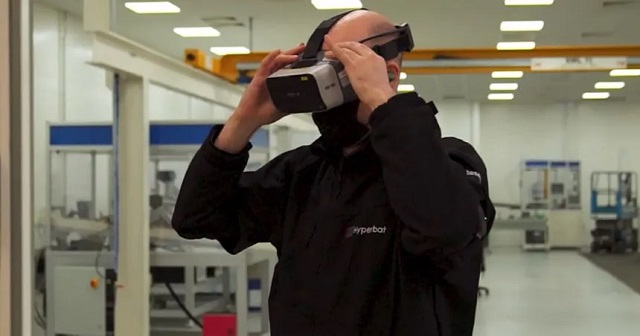I loved this great article about a consortium including Qualcomm, BT, Ericson, NVIDIA and others working together to provide a virtual reality (VR) collaboration system for electric vehicle battery maker Hyperbat. It shows that there are many different technologies that have to come together to make an effective VR system.
The system used a Qualcomm powered 5G enabled VR headset system, communicating over an upgraded 5G network from BT and Ericsson to allow remote teams to work together collaboratively on a digital twin model of an electric vehicle battery created using NVIDIA GPUs, software and Cloud technology. The article points out that the system allows Engineers to work together from anywhere to effectively identify and rectify errors during the vehicle battery design process, making projects more cost-effective.
Whilst many associated extended reality (XR) technology such as this with the Metaverse, this is a timely reminder that there is so much more to XR that. Instead XR could potentially contribute over a wide range of applications that require an improved human-machine interface. Marks & Clerk's XR report looks at key patenting trends for XR technologies both in Europe and for Worldwide (PCT) applications to identify key technology trends, application sectors and drill down into what types of applicants are filing patent applications in this exciting area. If you're an innovative company in this sector, or even looking for collaborations in the XR space, then it's well worth a read!
Using a digital twin with VR delivers greater clarity during the design process. Engineers can work together from anywhere to effectively identify and rectify errors during the vehicle battery design process, making projects more cost-effective
www.manufacturingmanagement.co.uk/...

The content of this article is intended to provide a general guide to the subject matter. Specialist advice should be sought about your specific circumstances.

